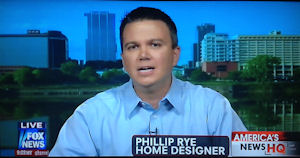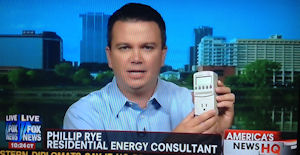
|
|
|
|
 |
||
The Energy Efficient Home
|
|
JUST RELEASED… This report is so new it hasn’t even been proofed yet and it's
|
The same arguments hold true with air conditioning. If you live in a warm climate with high cooling requirements,
it makes a lot of sense to tighten up the house to reduce your cooling load before investing in a new air
conditioning system. When researching a new air conditioning system it's always smart to investigate using a
geothermal heat pump, also known as a ground source heat pump.
A tight, well-insulated building envelope saves energy and allows you to get by with smaller-capacity heating and
air conditioning systems, and it is also more comfortable, with smaller temperature swings. No more cold drafts at
your feet while temperatures at head level are a sweaty 80 degrees F. With less of this temperature stratification
during the winter months, you'll even find yourself comfortable at a lower thermostat setting than you're used
to.
Continue reading to find measures you can take to improve the energy efficiency of your house, and when it makes
sense to consider such projects.
If you're like me and you don't always like to wade through pages of information and you just want someone to tell
you exactly what to do, I highly suggest you order my "Ultimate Action Guide To Home Energy
Savings" that teaches you everything you need to know. No
fluff, no generic solutions. With over 50 years combined experience in residential energy efficiency we have
perfected what it takes to make your home super energy efficient. The amazing, electronic book comes with a
100% money back guarantee and pays for itself many times over.
If you're not a reader and you want to watch an information filled DVD with commentary and
illustrations, I highly suggest you order Doug Rye's DVD's on either new home
or existing home energy efficiency.
The DVD comes with a 100% money back guarantee and pays for itself many times over. Visit www.dougrye.com or www.philliprye.com for
more information. You CANNOT afford not to see this!
Tags: Cellulose Insulation caulking seal winterize your home reduce energy costs loose-fill cellulose energy efficiency

Phillip Rye - As Seen On Fox News


| Home Builder |
| Geothermal |
| Insulation |
| New Home Design |
| Ultimate Energy Action Guide |
XSitePro Templates